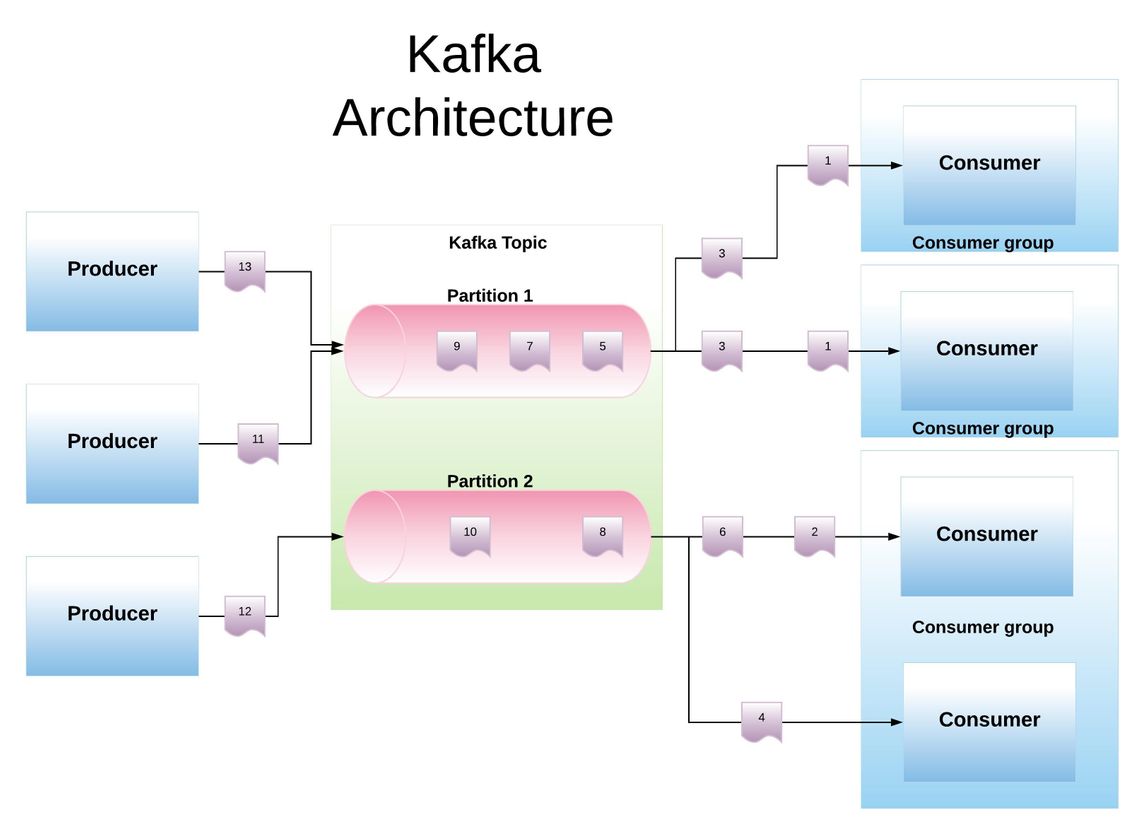

A tour-de-force of metaphysical reality, Kafka on the Shore is powered by two remarkable characters. Oshima identifies as a gay transgender man, but because he faces prejudice from others who don’t know about his identity or perceive him as female, Oshima often feels conflicted about his gender, making him another example of the ways in which the novel deals with the split between the mind (or the self) and the body."A stunning work of art," the New York Observer wrote of The Wind-Up Bird Chronicle, "that bears no comparisons," and this is also true of this magnificent new novel, which is every bit as ambitious, expansive and bewitching. Finally, Oshima’s story relates to his gender identity, something that he keeps private from Kafka until later. One possible danger of a belief in soulmates is that it suggests that someone who has not found their soul mate is less than whole, and therefore cannot possibly have a fulfilling life. However, another side to that theory is that soulmates are codependent-and, until they meet, are less than complete. Oshima’s story helps to explain why many characters in the novel feel as if they are being drawn towards each other by forces outside of their control or knowledge, as well as why characters feel so comfortable with each other so soon after meeting: perhaps they are actually two halves of the same soul, reunited at last.

Indeed, this quote reveals much about Oshima’s worldview, and foreshadows later conversations he will have with Kafka, as their friendship develops, about his own gender identity. Oshima engages Kafka in a surprisingly deep conversation about the nature of the soul. Oshima and Kafka have just met for the first time. So after that the world was divided just into male and female, the upshot being that people spend their time running around trying to locate their missing other half.” But then God took a knife and cut everybody in half, right down the middle. Everyone was happy with this arrangement and never really gave it much thought. In other words, each person was made out of the components of two people. “In ancient times, people weren’t just male or female, but one of three types: male/male, male/female, or female/female.


 0 kommentar(er)
0 kommentar(er)
